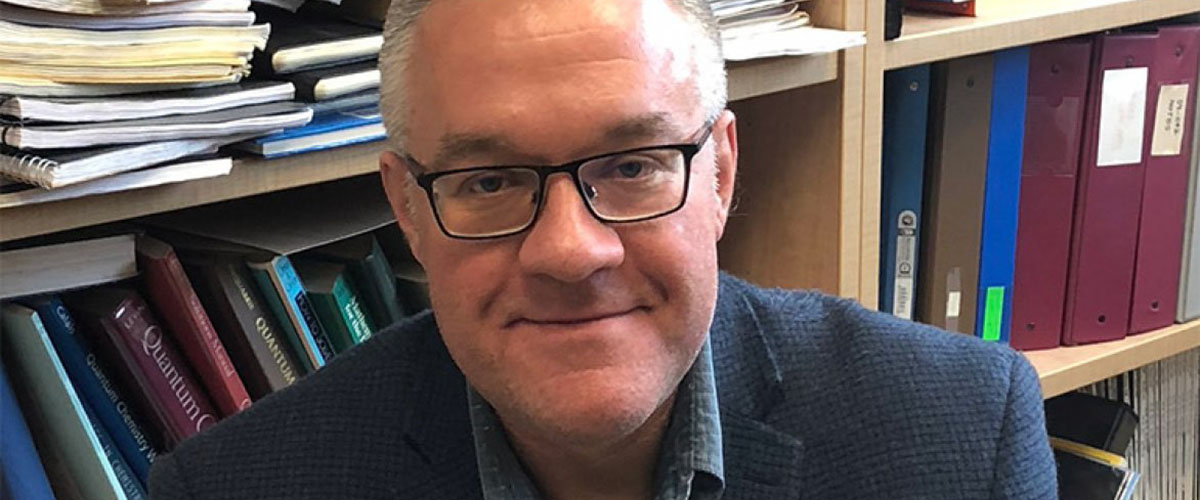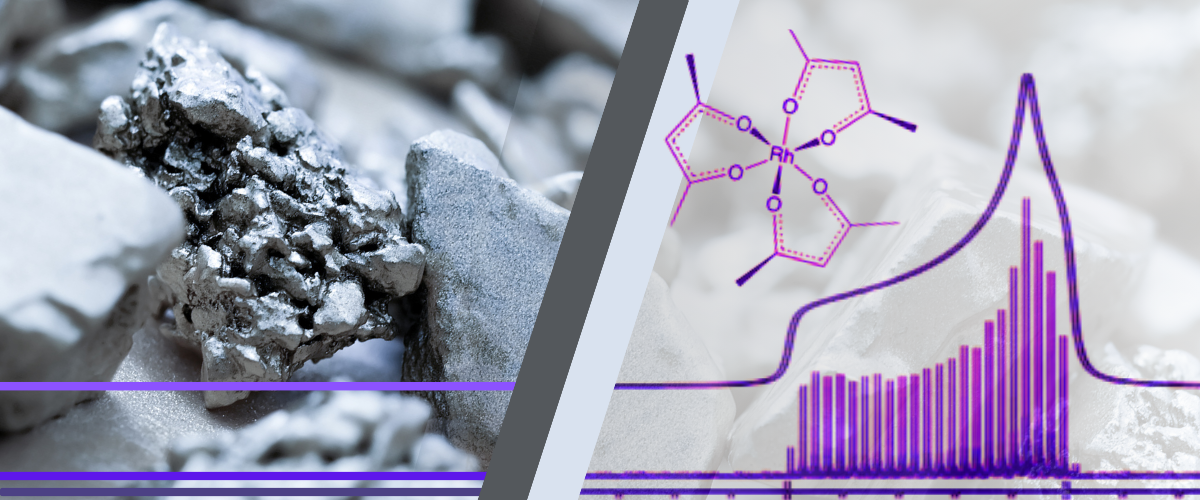Contact: Rob Sshurko
TALLAHASSEE, Fla. — Rob Schurko, director of the Nuclear Magnetic Resonance and Magnetic Resonance Imaging Facility at the FSU-headquartered National High Magnetic Field Laboratory and professor in FSU's Department of Chemistry and Biochemistry has been awarded a $1.1 million grant from the U.S. Department of Energy to investigate possible alternatives to rare and expensive materials used in an array of clean energy applications. His research project, "Unraveling the Mysteries of the Platinum Group Elements," was one of 13 projects selected to receive part of $30 million in funding from the DOE’s Office of Science to develop new technologies that will help secure the supply of critical materials that build clean energy technologies.
"It means a lot to me to receive funding from the Department of Energy, and I appreciate the value they are putting on the combination of solid-state nuclear magnetic resonance and quantum computational techniques, which we plan to use to explore metal complexes involving rare and expensive metals like platinum, rhodium, palladium, and ruthenium," Schurko said.
The research projects selected for funding aim to diversify the supply of, develop substitutes for, and improve the reuse and recycling of rare-earth and platinum-group elements (REE and PGE) that are critical for many clean energy and high-tech applications. These materials include cobalt for electric vehicle batteries, neodymium for windmills and electronics, and platinum for emissions control and fuel production technologies.
"Expanding electric vehicle infrastructure, hardening our nation's electrical grid, and powering our economy with millions of clean energy jobs all rely on securing supply chains of critical materials like cobalt and platinum," said Secretary of Energy Jennifer M. Granholm. "The key to our carbon-free future lies in ramping up clean American industries, building strong supply chain systems of American-made critical materials, and aggressively deploying the resulting climate technologies here and abroad."
REE and PGE are key components of many clean energy and high-tech applications, including emissions control technologies and rechargeable batteries for energy storage. The limited domestic supply of critical materials and reliance on imports from other nations present a significant risk to clean energy technology production.
DOE officials said the grant projects will advance understanding of how REE and PGE give materials and molecules the unique properties valuable for modern technologies. This research can enable new approaches to the atomic-level design of key materials and potentially reduce or eliminate the need for these critical elements in clean energy and high-tech applications. It will also widen the range of sources of these critical elements by potentially identifying new mineral sources or facilitating reuse and recycling of existing materials.
"For years, my group has been developing experimental methods to enable exploration of an increasing number of elements across the Periodic Table, along with quantum mechanical methods for exploring the relationships between what we measure and the atomic-level structure and bonding," Schurko said. "My co-investigator, Professor Jochen Autschbach from the University at Buffalo, brings much needed expertise in the quantum computational area to push the science even further."
Schurko's team plans to use special nuclear magnetic resonance (NMR) tools available at the National MagLab, the world’s largest and highest-powered magnet lab funded by the National Science Foundation and State of Florida, and quantum chemical calculations to understand chemical bonding in complexes involving the six platinum group elements: ruthenium, rhodium, palladium, osmium, iridium and platinum.
"If we can gain a deeper understanding of this chemical bonding, it may be possible to aid in the design of complexes with similar properties involving more readily available, inexpensive metals," Schurko said. "This could have an enormous impact on the replacement of platinum group elements in numerous applications and materials, including light generation, solar energy capture, energy materials, and catalysis."
For more information on the other projects funded by this grant, the selection criteria, and the strategic importance of clean energy materials research, visit the Department of Energy website.
Story by Amy Robinson, courtesy of Florida State University News





